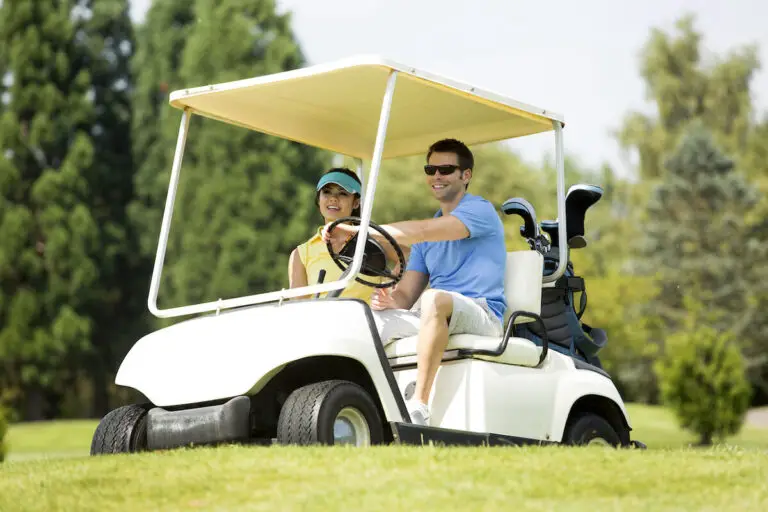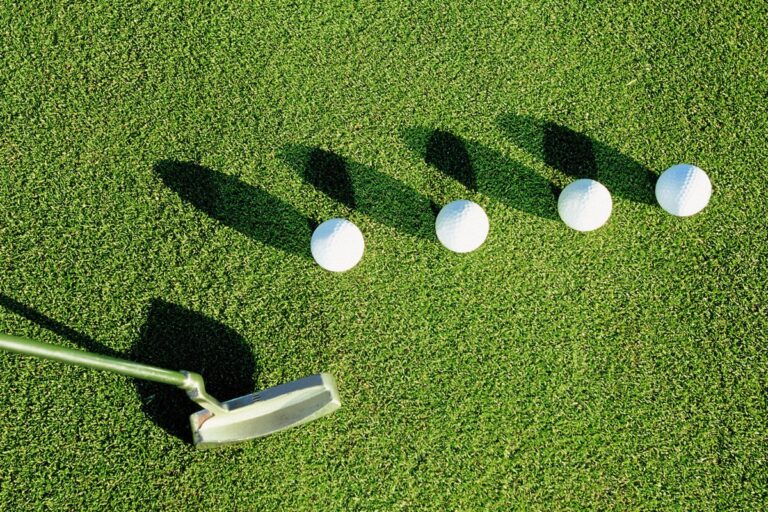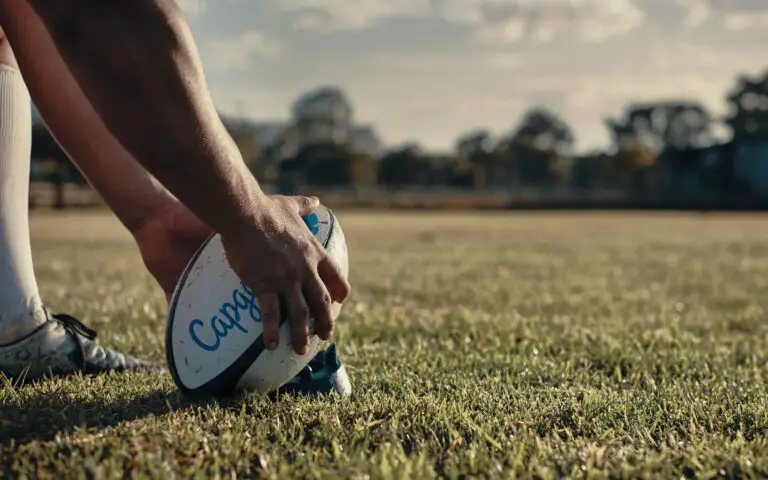Are Metal Cleats Allowed in Baseball? Unveiling the Rules and Regulations
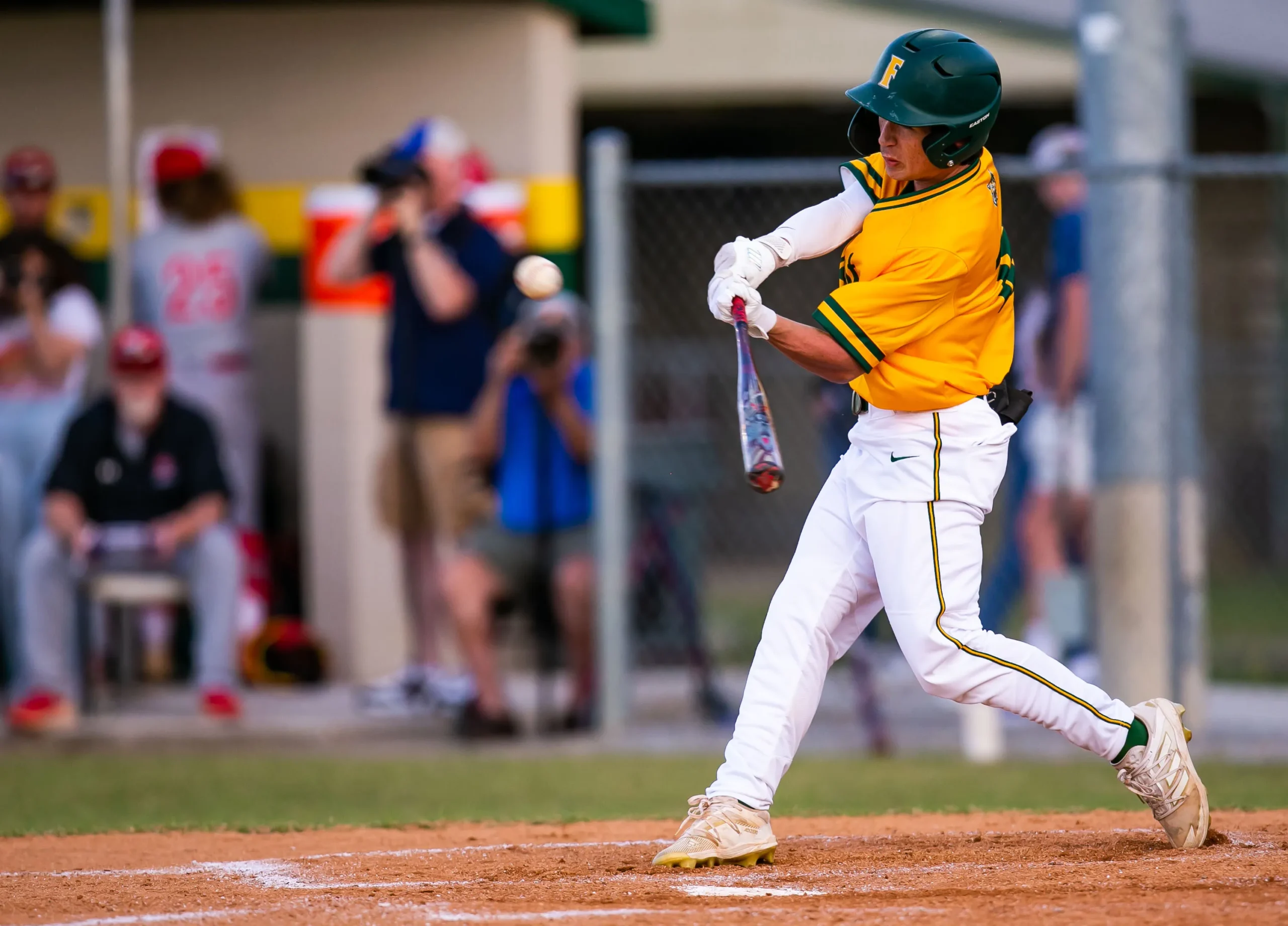
Yes, metal cleats are allowed in baseball. They provide better traction for players on the field, especially in dirt and grass.
Metal cleats are commonly used by professional players and are permitted in most leagues, including high school and college levels. However, some youth leagues may have specific rules regarding the use of metal cleats due to safety concerns. It’s important to check with the league or organization to ensure compliance with their regulations.
Metal cleats offer advantages in terms of performance and stability, which can be beneficial for players looking to elevate their game. Understanding the rules and guidelines for metal cleats in baseball is crucial for players at all levels to have a positive and safe experience on the field.
TYPES OF BASEBALL CLEATS
METAL CLEATS
Metal cleats are designed with protruding metal spikes that provide excellent traction on dirt and grass surfaces. They are the preferred choice for many professional and advanced baseball players due to their superior grip and ability to dig into the ground.
MOLDED CLEATS
Molded cleats are constructed with rubber or plastic studs molded into the sole of the shoe. These cleats offer good traction and stability on grass and dirt, making them suitable for various field conditions. They are also a popular choice among youth and amateur players for their versatility.
TURF SHOES
Turf shoes feature small rubber nubs on the sole, offering traction specifically designed for artificial turf surfaces. They provide excellent grip and maneuverability on synthetic fields, making them a valuable option for players competing on artificial turf surfaces.
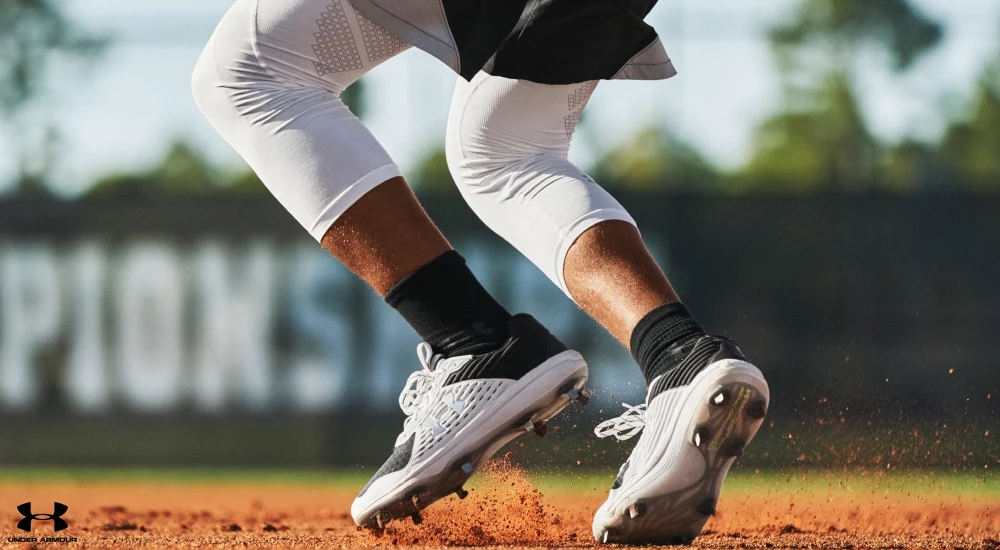
ADVANTAGES OF METAL CLEATS
Metal cleats are permitted in baseball and offer several advantages. They provide better traction, stability, and durability compared to other cleat types. The metal spikes are especially beneficial for players who need to grip the field or have explosive movements.
The Advantages of Metal Cleats Enhanced Traction Metal cleats offer superior traction on the field, providing players with a firm grip on the ground. This enhanced traction facilitates quick movements and effective maneuvering, which is crucial during fielding, baserunning, and making rapid directional changes. The ability to dig into the surface can significantly improve a player’s performance, particularly in wet or slippery conditions. Durability Metal cleats are known for their exceptional durability, making them a popular choice among baseball players. Unlike their plastic or rubber counterparts, metal cleats demonstrate a longer lifespan and are more resistant to wear and tear. This durability ensures that players can rely on their cleats for extended periods without the need for frequent replacements, ultimately providing a cost-effective solution. In addition to these advantages, metal cleats are also lauded for their lightweight construction, facilitating swift movements, and the ability to maintain their sharpness for extended periods, further enhancing the player’s performance on the field. The use of metal cleats in baseball offers numerous advantages, ranging from enhanced traction to exceptional durability. These benefits make metal cleats a preferred choice for discerning baseball players seeking to optimize their performance on the field.
DISADVANTAGES OF METAL CLEATS
Exploring the disadvantages of metal cleats in baseball sheds light on important considerations for players and fields alike.
SAFETY CONCERNS
Metal cleats can pose safety risks due to their sharp edges and potential for causing injuries during gameplay.
FIELD DAMAGE
The use of metal cleats can result in significant damage to the playing field, impacting its quality and longevity.
REGULATIONS AND RULES
Learn about the rules governing baseball footwear. Metal cleats are approved for use in baseball, providing improved traction and performance on the field. It’s essential to adhere to the regulations to ensure fair play and safety during games.
Baseball is a game that thrives on rules and regulations, ensuring fair play and keeping the game competitive. When it comes to equipment, one aspect that is frequently debated is the use of metal cleats. Understanding the rules surrounding metal cleats in baseball is crucial for players, coaches, and parents alike. Let’s take a closer look at the regulations in youth leagues and professional leagues.
YOUTH LEAGUES
In youth baseball leagues, there are specific rules regarding the use of metal cleats. These rules are usually implemented to prioritize player safety and prevent any unnecessary injuries from occurring. Generally, most youth leagues only allow the use of rubber or molded plastic cleats instead of metal ones. The reasoning behind this is that metal cleats pose a higher risk of causing harm to both fielders and base runners due to their increased traction. To ensure compliance with these regulations, it is important for parents and coaches to thoroughly review the rules of their respective youth leagues. This will ensure that players are using the appropriate footwear for games and practices. By adhering to these rules, players can continue to develop their skills in a safe and controlled environment.
PROFESSIONAL LEAGUES
When it comes to professional leagues, the rules regarding metal cleats are different. In professional baseball, metal cleats are allowed and widely used by players. The increased traction provided by metal cleats can give players an advantage in terms of speed and stability on the field. This is particularly important in professional games, where every small advantage can make a difference. However, it’s worth noting that even though metal cleats are permitted in professional leagues, there are restrictions on their length. Major League Baseball (MLB), for example, has regulations that specify the maximum length and shape of metal cleats. These rules are in place to ensure fairness and prevent any equipment-related disadvantages for the opposing team. In conclusion, the regulations and rules concerning metal cleats in baseball vary depending on the league. While youth leagues typically prohibit the use of metal cleats for safety reasons, professional leagues allow their use within certain parameters. Understanding and following these regulations is crucial for players at all levels of the game, ensuring both safety and fairness on the field.
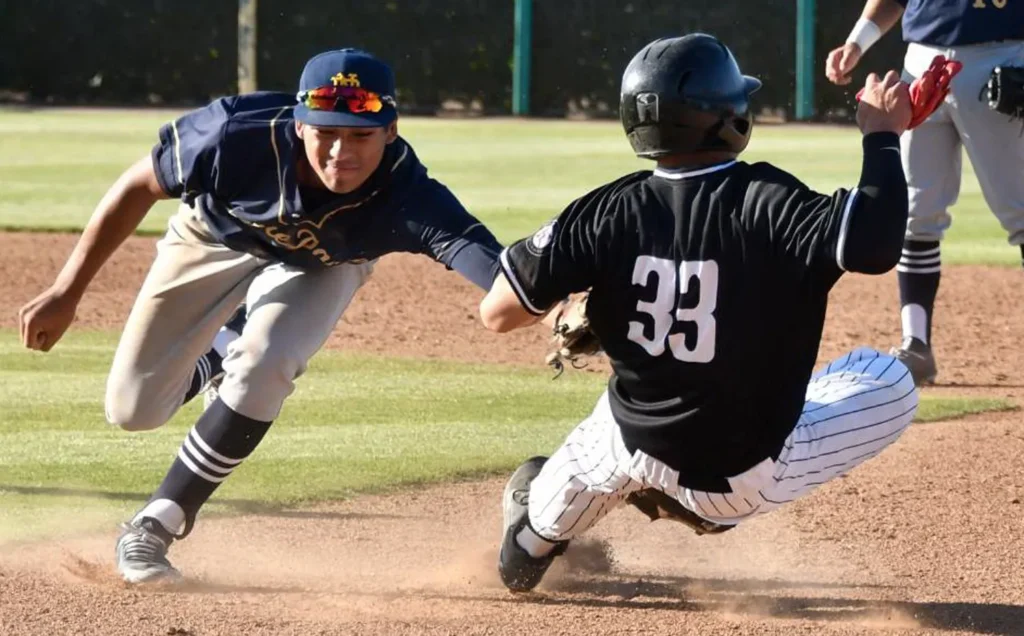
CONTROVERSY AND DEBATES
Metal cleats in baseball have long sparked debates regarding their safety and effectiveness. While they provide enhanced traction, their potential to cause injuries and damage the playing field remains controversial.
INJURY RISK
The use of metal cleats in baseball has long been a subject of controversy and heated debates among players, coaches, and even fans. One major concern that fuels the ongoing discussion is the potential for increased injury risk.
By their very nature, metal cleats provide a player with more traction and stability on the field. This increased grip can be immensely beneficial when trying to accelerate quickly, change directions, or make quick stops. However, the added grip can also pose a danger.
With metal cleats, there is an increased risk of getting cleated or spiked during sliding or collisions with other players. The sharp metal edges can penetrate the skin, causing cuts, puncture wounds, or even more serious injuries like broken bones.
It’s important to note that while metal cleats can enhance performance, players must exercise caution when using them to avoid potential injuries. Proper sliding techniques and mindful play can help mitigate the risks associated with metal cleats on the field.
FAIRNESS ON FIELD
Another aspect of the controversy surrounding metal cleats in baseball revolves around the issue of fairness on the field. Some argue that the use of metal cleats may give certain players an unfair advantage over others.
The enhanced grip provided by metal cleats can give a player an edge in terms of speed, quickness, and agility. This can impact the outcome of the game and potentially tilt the balance in favor of the team with players wearing metal cleats.
Moreover, metal cleats can have a significant impact on the condition of the playing field. They can dig into the dirt or grass, potentially causing more damage to the field compared to rubber or plastic cleats. This can lead to an uneven playing surface, affecting the game for all players involved.
The debate over whether metal cleats should be allowed in baseball centers around the issue of fairness and maintaining a level playing field for all athletes. Striking the right balance between performance enhancement and preserving fair competition remains a challenge.
ALTERNATIVES TO METAL CLEATS
Rubber cleats are ideal for players who need traction without metal spikes.
Hybrid cleats combine the best of both worlds, offering stability and comfort.
BEST PRACTICES FOR CHOOSING CLEATS
When it comes to choosing the right cleats for baseball, it is important to consider the best practices for selecting the appropriate footwear. Making the right choice can greatly impact a player’s performance on the field. Factors such as material, fit, and regulations need to be taken into account when selecting baseball cleats. Below are some considerations and maintenance practices for choosing the right metal cleats for baseball.
CONSIDERATIONS
- Material: Choose cleats made from durable materials such as metal or molded plastic for better traction.
- Fit: Ensure a snug fit to provide stability and prevent injury during play.
- Regulations: Be aware of league regulations regarding cleat materials to ensure compliance on the field.
MAINTENANCE
- Cleaning: Regularly clean the cleats to remove dirt and debris, preserving the quality and performance.
- Storage: Store cleats in a cool, dry place to prevent mold and mildew buildup.
- Inspection: Regularly inspect the cleats for any wear and tear, and replace as needed to maintain performance and safety.
FREQUENTLY ASKED QUESTIONS OF (ARE METAL CLEATS ALLOWED IN BASEBALL)
ARE METAL CLEATS ALLOWED IN BASEBALL?
Yes, metal cleats are allowed in baseball, but regulations vary depending on the league and age group.
WHY DO BASEBALL PLAYERS WEAR METAL CLEATS?
Baseball players wear metal cleats to gain extra traction and grip on the field, improving their performance and preventing slipping.
ARE METAL CLEATS SAFER THAN OTHER TYPES OF CLEATS?
Metal cleats provide better traction, but they can increase the risk of injury to other players when sliding or colliding.
CAN METAL CLEATS DAMAGE THE BASEBALL FIELD?
Metal cleats can potentially damage the baseball field, especially if it has synthetic turf, but regular maintenance can minimize any adverse effects.
CONCLUSION
Wearing metal cleats in baseball depends on the league rules. Always check regulations before purchasing. Safety and performance are crucial factors to consider. Ultimately, choose cleats that suit your game and comply with the guidelines. Enjoy playing the game with confidence in your footwear choice.



